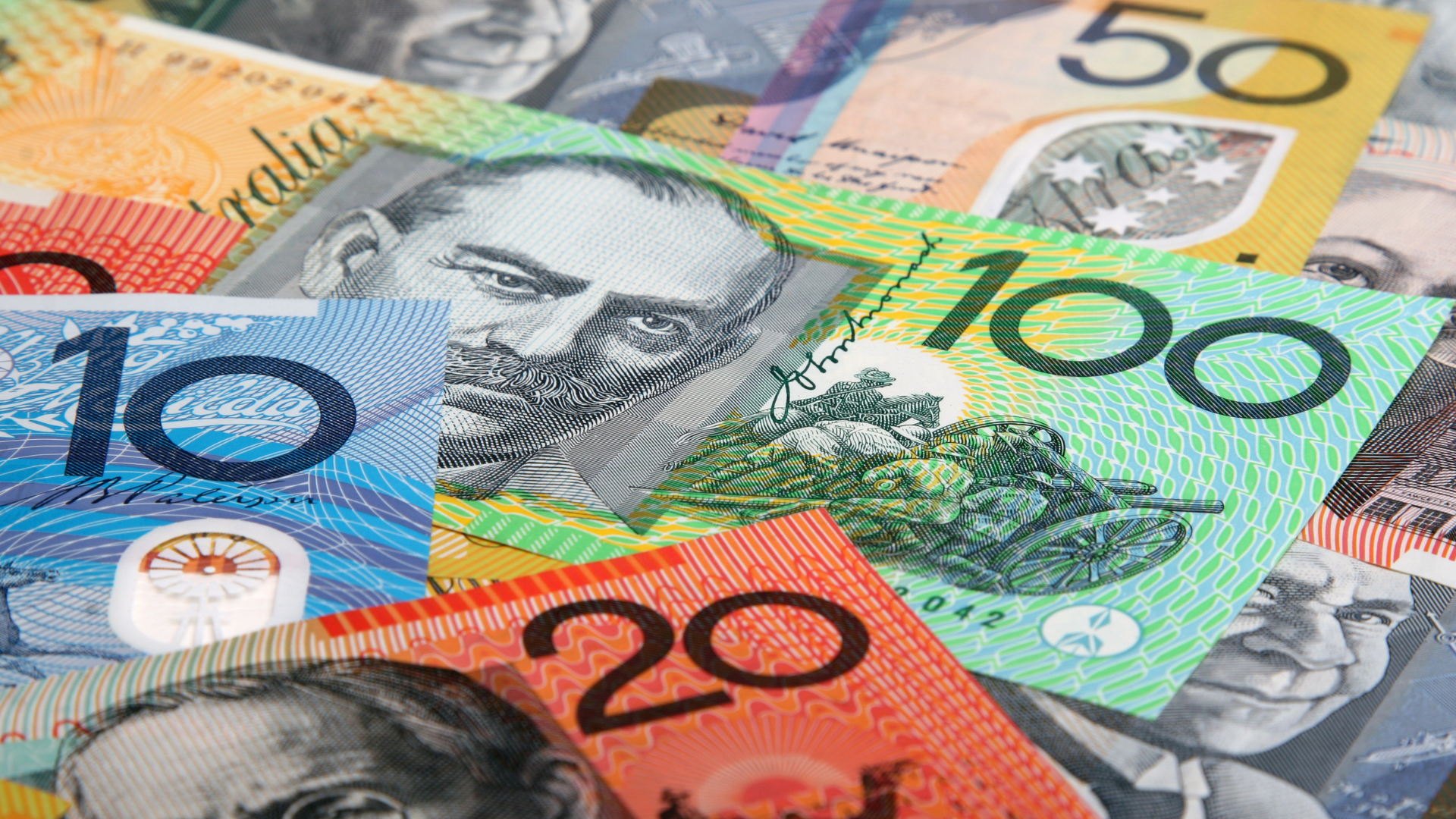The Australian dollar remains under pressure, hovering below 0.6350 against the U.S. dollar as investors brace for the latest employment report from Australia. Traders are cautious ahead of the data release, which could influence market expectations for the Reserve Bank of Australia’s (RBA) next policy move.
Market sentiment has been weighed down by renewed strength in the U.S. dollar, supported by hawkish Federal Reserve signals and firm economic data. With inflation still a concern in the U.S., expectations of prolonged higher interest rates have bolstered demand for the greenback, keeping AUD/USD on the defensive.
Domestically, Australia’s labor market report will be closely scrutinized for signs of softening job growth or rising unemployment, which could increase pressure on the RBA to maintain a cautious stance on interest rates. A weaker-than-expected reading may reinforce expectations that the central bank is nearing the end of its tightening cycle, limiting upside potential for the Australian dollar.
Technical indicators suggest that AUD/USD remains vulnerable to further losses if the employment data disappoints. A break below recent support levels could drive the currency pair toward fresh lows, particularly if global risk sentiment deteriorates.
Beyond economic data, broader market dynamics continue to play a role in shaping the Australian dollar’s trajectory. Ongoing concerns about China’s economic outlook, a key driver of Australian exports, have added to downside pressure, as traders assess Beijing’s policy measures to stabilize growth.
For now, AUD/USD remains range-bound, with traders awaiting fresh catalysts. The upcoming jobs report could determine the currency’s next move, while external factors such as U.S. economic policy and global risk sentiment will also influence market direction.













